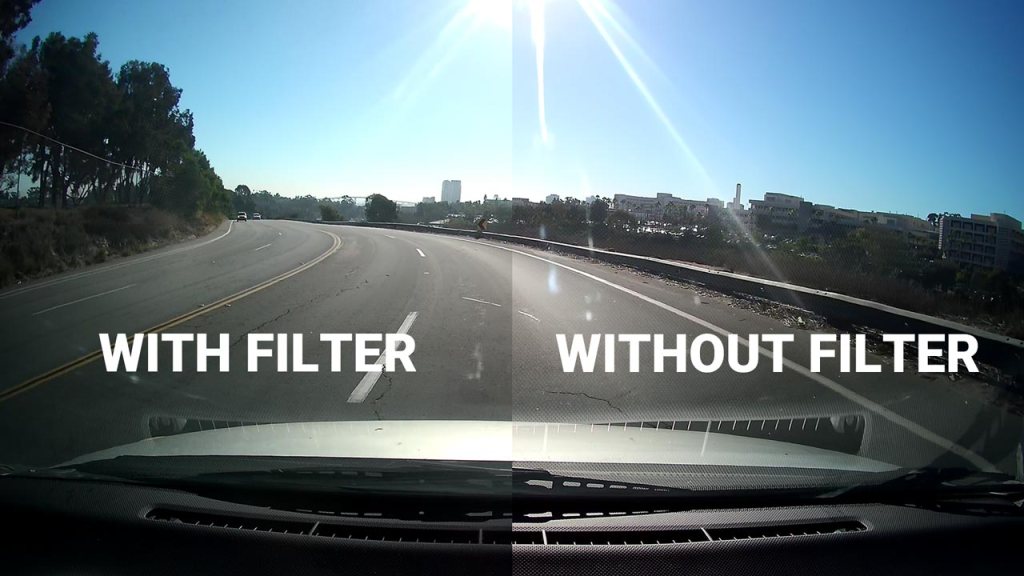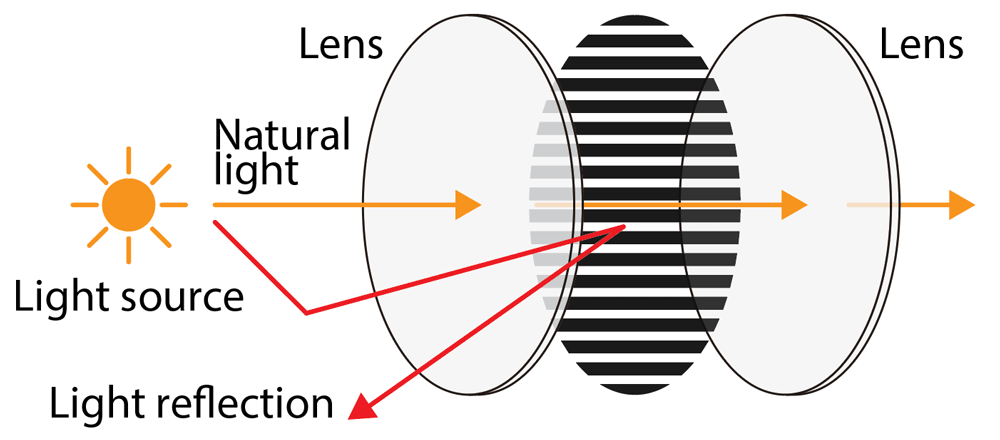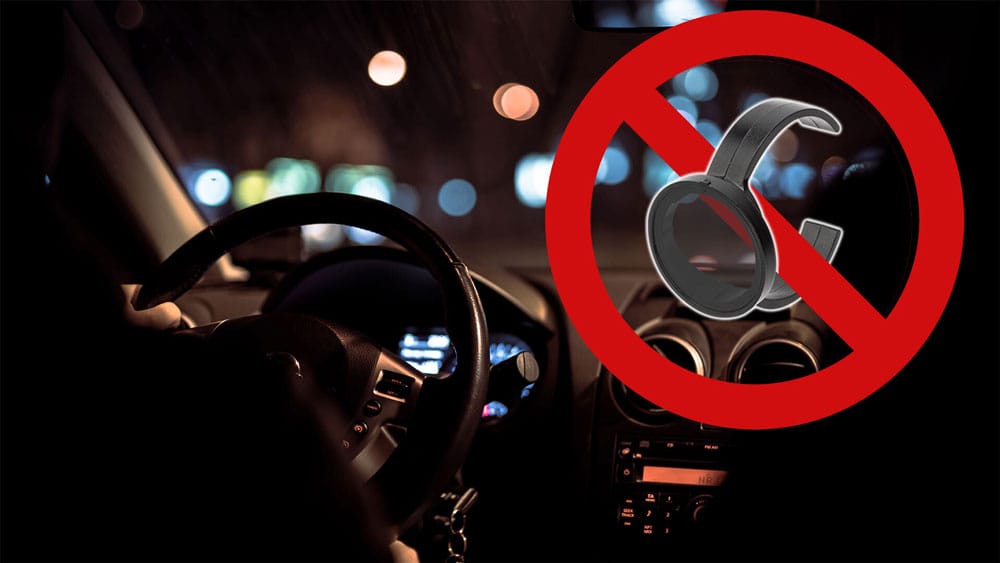Are you wondering if a polarizer can improve the image quality of your dash cam? What even is a CPL filter?
With the BlackVue Dash Cam CPL Filter (BF-1) for DR750X and DR900X now available, we thought it is a good time to discuss the topic of circular polarizing lenses. What they are good for, how to use them properly and when to avoid them.

What Does “CPL” Stand For?
The exact meaning of the acronym may vary from source to source. Sometimes it stands for circular polarizing lens, and sometimes you might also see reference to circular polarizer/linear. For all intents and purposes, they refer to the same thing.
In the case of the BlackVue CPL Filter, CPL stands for Circular Polarizing Lens. It is simply a type of polarizer. Oh, and “circular” has nothing to do with the shape of the filter, in case you were wondering. Instead, it has to do with the way the filter polarizes the light. The other type is “linear”.
What Can a CPL Filter do?
A CPL Filter can dramatically improve contrast and clarity in daylight, especially on sunny days. Most noticeably, a dash cam CPL Filter can minimize glare and reflections in your windshield. To put it simply, CPL Filters can remove or minimize whatever you could qualify as “bounced light”:
- Light that bounces off the water on the ocean? Check.
- The bright hot asphalt on the road? Check.
- Your vehicle’s dashboard reflecting into your windshield? Check.
You noticed all these examples of bouncing light originate from one source: the sun. It’s important to keep that in mind when using any polarizer because it means at night, the effect is almost nonexistent.

How Do I Know If My Dash Cam CPL Filter Is Set Properly?
When it comes to polarizers, there is no perfect setting. It is also not an On/Off type of feature.
We mentioned earlier that a CPL filter can minimize the reflections of your dashboard into your windshield. That is true but it depends on many external factors, such as the position of the sun in the sky, the position of the sun relative to your car, and so on.
With the BlackVue CPL Filter, you can rotate the ring to adjust the intensity of the effect. This way, you can find a setting that will work best for you in most situations.
For obvious reasons, it is best to set it up in daylight.

In order to achieve the desired effect, we recommend you to connect to your dash cam over Wi-Fi Direct and look at the live view with the BlackVue App on your phone. While doing so, rotate slowly the filter and see how the image changes.
Note: with a wide angle of view, like on the DR900X or DR900S Series, the effect of the polarizer may be stronger in the center than on the sides. That is also a common property of polarizing filters.
When NOT To Use a CPL Filter?
While polarizers can significantly improve daylight image quality, they do have a drawback: since they filter out some light, that means less light hits the camera’s sensor. Less light means a darker image. In daylight, when ambient light is more than sufficient, that is not an issue. At night, however, this can cause the image to be noticeably darker or noisier since the sensor has to increase the ISO sensitivity to compensate for the lack of light.
For these reasons, we recommend against using any CPL filter at night.

Can’t I Just “Fix It In Post”?
Unlike a lot of other parameters like white balance or contrast, the improvements you get from a CPL filter may not be replicated even with the greatest video editing software. That is because if a bright reflection covers a license plate, the visual information about the license plate may simply not be there. Put another way, the sensor has to work with whatever information goes through the lens. By using a CPL Filter, you can ensure that much of the unwanted information (reflection) is filtered out.
If you are feeling nerdy, here is some fantastic information on polarizers, courtesy of the American Society of Cinematographers: https://ascmag.com/blog/shot-craft/understanding-polarizing-filters. Nothing related to dash cam CPL filters specifically but the same universal principles apply.
As for the BlackVue Dashcam CPL Filter (BF-1), it is designed for DR750X and DR900X Series models but also suitable for DR900S and DR750S models.
